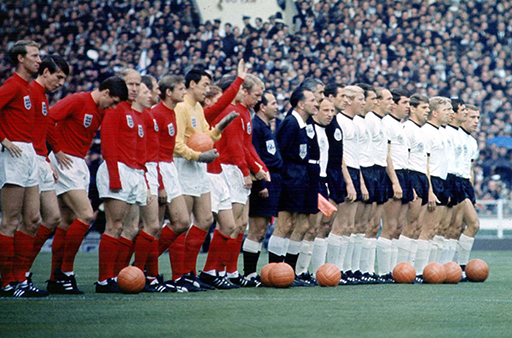1 How are rivalries influenced by political themes?
‘Rivalry’, ‘derby’, ‘conflict’, ‘confrontation’, ‘clash’ and ‘enmity’ are words that characterise the spirit of any sporting competition and contest (Bandyopadhyay, 2018). Take a moment to consider an enduring sporting rivalry that means something to you. This may well stem from the team/athlete you support or even through your own competitive experiences in sport.
Sporting rivalries can be broadly divided into the following categories as outlined below.
| Type of rivalry | Example within football |
| Geographic competition neighbours | Brazil vs Argentina – occupying close geographical locations |
| Colonial | Portugal vs Brazil – as coloniser vs colonised nations |
| Ideological | USA vs China – democratic capitalist vs authoritarian communist nations |
| Former wartime conflict | England vs Germany – following two twentieth century world wars |
Most of these rivalries are underpinned by political aspects as nations compete away from the football pitch for influence. For example, when England plays Germany the match can be deemed ‘political’ due to links between some of the six themes from Session 1: power relations, nationalism and identity, inclusion or segregation, activism, conflict, commercialisation. Conflict is the most obvious theme evident in the rivalry as a result of the two world wars, and nationalistic sentiment infuses through narrative around the fixture, particularly from the English. Before progressing to the next section, can you identify any political themes evident in the other examples presented within Table 1?

